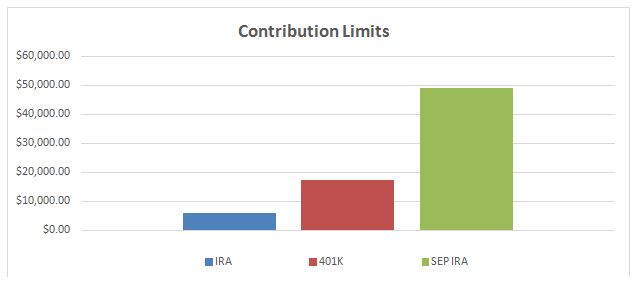PAULA VASAN AND CHARLES PAIKERT for Financial-Planning.com write: How will you scale your practice? What's the secret to retaining Gen Y employees? What's the best way to network? For three days, advisors and industry experts descended on Las Vegas for the semi-annual National Association of Personal Financial Advisors conference to discuss these topics and many others. Check out some of the best things we heard.
2. New Platform Worth Watching
Dario cited inStream as an example of an “innovate new platform” advisors should be looking at. The product integrates alerts into a clients’ financial plan, letting advisors know, for instance, when a client has experienced a life event, triggering the need to roll over a 401(k) plan.
3. Network With Peers
Independent advisors should network with peers to provide support for one another in times of hardship, according to Annie McQuilken, a registered investment advisor. She’s part of an RIA group called the Money Women, in which each member formally agrees to provide coverage for each advisor of the organization should a certain member become temporarily disabled or permanently incapacitated. In other words, as "solo advisors", each running a relatively small firm, the group aims to serve as a type of succession plan and cushion for one another should a health-related disaster strike.
4. Plan for Health Care
Advisors are not doing a good enough job planning for health care costs, according to Carolyn McClanahan, a financial planner and physician. When addressing health care with clients, include the following subjects into the discussion:
- Cash flow: What is your cash flow to pay for serious illnesses? Do you want to tap into your retirement plan or access life insurance benefits?
- Tax planning: Understand all co-pays and out of pocket expenses. Track these during serious illnesses for more effective tax planning.
- Family deductibles: If you know your clients have hit greater than 10% of adjusted gross income for deductibles, make sure everyone in the family gets their health needs taken care. All of those expenses are deductible.
5. Retain Gen Y Employees
Financial advisory firms must engage and retain Gen Y employees if they want to expand their roster of Gen Y clients, says David Grant of Vantage Financial Partners (and a Financial Planning columnist). Personnel development is key to making firms successful. The risk of not putting in the effort to develop employees is having potential successors walking out the door. "Why would you not want your newest employees to be superstars?" Grant says.
Some specific tips:
- Have a good-looking, useful website
- Assess work/life balance
- Have a clear career path for employees
- Address compensation regularly
- Provide education and conference assistance
6. How to Handle Alternative Investments
Financial advisors are far from a consensus when it comes to the value of alternative investing. While some advisors embrace the sector, others view it with skepticism and distrust. "I don't recommend alternatives for any of my clients," said Joseph Hollen of Reno, Nev., based Hollen Financial Planning Ltd. "Fees are often too high. Private equity firms have a strong sales pitch," he says. In addition, the highly illiquid nature of alternatives make the asset class far from desirable. "Life events happen. Your clients need to buy a house, send their kids to college -- it's dangerous to have money locked up for so long, especially within the 30-50 age range when such events are most prevalent."
7. Medicare Opportunity
Financial planners and advisors have a “huge opportunity” to enhance their practice by becoming knowledgeable about the latest rules and regulations impacting Medicare, according to Paula Muschler, Medicare advisor for Allsup, a St. Louis-based firm which provides Medicare services to individuals and employers. Only 28% of clients discuss Medicare issues with their financial advisors, Muschler says.
8. Don’t Worry Too Much About Older Clients Making Decisions
The vast majority of boomers do not get brain diseases like Alzheimer’s and are able to make financial decisions “thoughtfully and carefully,” says Laura Carstensen, professor of psychology and head of Stanford University’s Center on Longevity. The brain’s processing capacity declines after age 50, Carstensen explains, but older people’s expertise remains intact, as does their ability to learn.
9. An Aging Population
By 2030, an estimated 22% of the U.S. population will be over 65, according to Carstensen, a 9% increase from current levels. And according to one recent estimate, a majority of children born after 2000 will live to be 100.
10. Investors Are More Risk Averse
Risk aversion goes up as cognitive ability declines, according to a study cited by Michael Finke, professor of personal financial planning and Ph.D. coordinator at Texas Tech University.
11. Lead Generator
For $295 annually, the website www.feeonlynetwork.com is a “great resource” to connect with prospects looking for a fee-only planner, says Kristina Bolhouse, vice president and principal for The Arkansas Financial Group.

